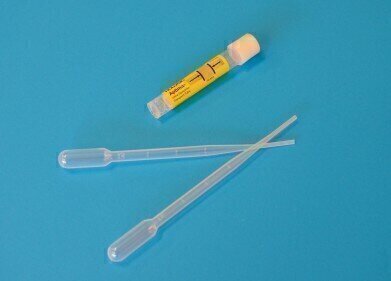-
 Electrophoresis used to analyse fasting
Electrophoresis used to analyse fasting
Electrophoretic Separations
Extended fasting analysed with 2D electrophoresis
Mar 29 2011
Research published in BMC Medical used 2D electrophoresis teamed with mass spectrometry, as well as multiplex immunoassay, in order to ascertain how certain fluids reacted to fasting in healthy subjects.
The experiments took place across both 12-hour and 36-hour periods.
Plasma, saliva and proteome of platelets - among others - were all tested at these two junctures.
Discovering through electrophoresis that proteins in blood cells and biofluids "significantly changed" with fasting, the researchers also note that multiplex immunoassay uncovered both new and known markers of change in 36-hour abstinence.
"The PBMC proteome exhibited the lowest between-subject variability and therefore these cells appear to represent the best biosamples for biomarker discovery in human nutrigenomics," the scientists conclude.
BMC Medical is an online, open access journal that publishes research spanning a range of topic areas relating to medical science.
Digital Edition
Chromatography Today - Buyers' Guide 2022
October 2023
In This Edition Modern & Practical Applications - Accelerating ADC Development with Mass Spectrometry - Implementing High-Resolution Ion Mobility into Peptide Mapping Workflows Chromatogr...
View all digital editions
Events
ACS National Meeting - Fall 2024
Aug 18 2024 Denver, CO, USA
Sep 04 2024 Chiba, Tokyo, Japan
Sep 04 2024 University of Warwick, Coventry, UK
Sep 10 2024 Rockville, MD, USA
Plastics Recycling World Expo Europe
Sep 11 2024 Brussels, Belgium













